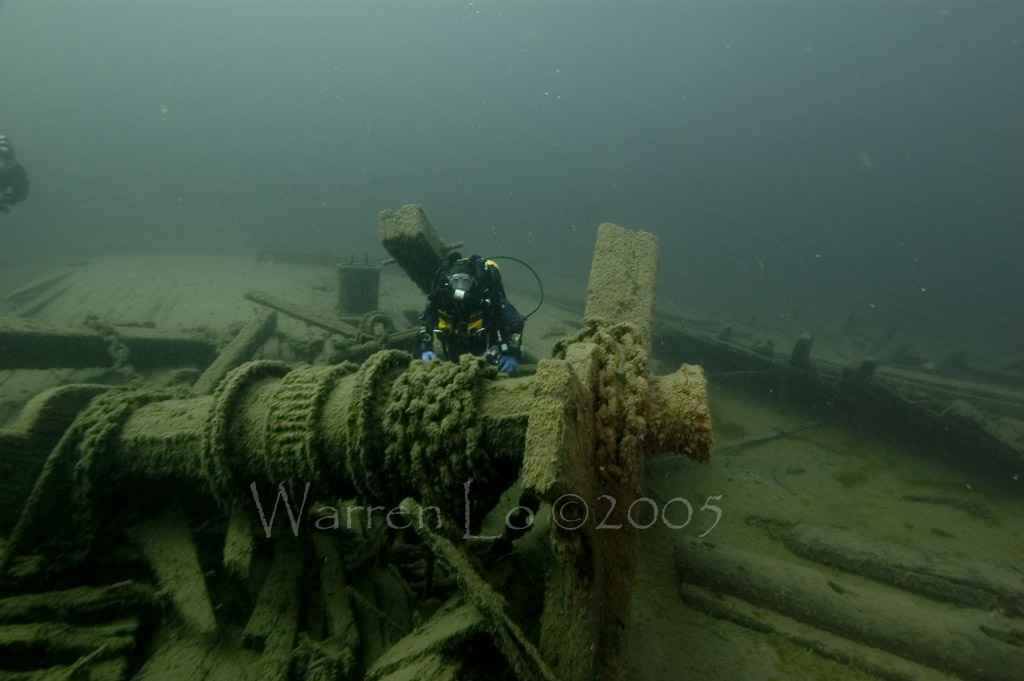ChillyWaters
Contributor
Okay, it's a dumb question, but thought I might hear an innovative idea or two.
The short question:
How do you stay still when taking pictures?
The long:
I'm strobeless in dark waters -- especially lately. Even by setting a 1/30 shutter speed, the pic is COMPLETELY dark. In auto, the camera is defaulting to about a 0.5s shutter speed.
I've long been considering a small tripod, but this isn't good for all situations. On the bottom, it'd be fine, but that's about it. I might be able to use it against a wall too, for support (if the wall doesn't have anything sensitive on it).
I'd also use the 2 second timer, so the button press doesn't shake the camera.
Any other thoughts or suggestions?? And please don't turn this into a "buy a strobe discussion."
- ChillyWaters
The short question:
How do you stay still when taking pictures?
The long:
I'm strobeless in dark waters -- especially lately. Even by setting a 1/30 shutter speed, the pic is COMPLETELY dark. In auto, the camera is defaulting to about a 0.5s shutter speed.
I've long been considering a small tripod, but this isn't good for all situations. On the bottom, it'd be fine, but that's about it. I might be able to use it against a wall too, for support (if the wall doesn't have anything sensitive on it).
I'd also use the 2 second timer, so the button press doesn't shake the camera.
Any other thoughts or suggestions?? And please don't turn this into a "buy a strobe discussion."
- ChillyWaters




